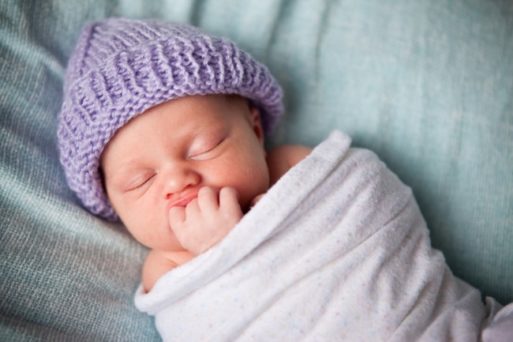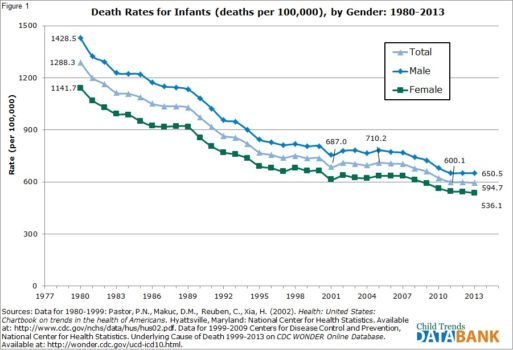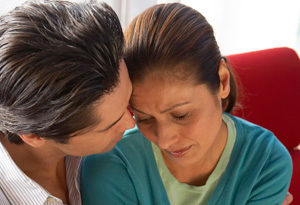
Credit: everydayfamily.com
In 1988, President Ronald Reagan declared the month of October Pregnancy and Infant Loss Awareness Month, claiming in his October 25th proclamation that the national monthly observance, “offers us the opportunity to increase our understanding of the great tragedy involved in the deaths of unborn and newborn babies. It also enables us to consider how, as individuals and communities, we can meet the needs of bereaved parents and family members and work to prevent causes of these problems.” Today, almost exactly 28 years later and 10 years after Robyn Bear declared October 15th National Pregnancy and Infant Loss Awareness Day, infant mortality rates have dropped by about 40 percent in the United States. Still, according to the U.S. Centers for Disease Control and Prevention, Sudden Unexpected Infant Death takes the lives of about 3,500 infants each year. About 45 percent of these deaths are attributable to Sudden Infant Death Syndrome, or SIDS.
A recent study published in the journal Pediatrics addresses the issue of swaddling babies as a possible contributing factor in SIDS. The commentary warns against the habit of swaddling babies after around 2 to 6 months, or the age in which a child begins to show signs of that they can roll over on their own. The authors caution that the data does not support the conclusion that swaddling causes SIDS. However, they do warn that swaddled infants who are placed on their sides or stomachs may be at greater risk of sudden death. According to Dr. Ari Brown, an Austin, Texas based pediatrician who spoke about the issue with CNN, “There’s a time to swaddle and a way to swaddle safely and a time to stop…parents need to be aware of safe swaddling techniques and what they can do to reduce the risk and reap the benefits.”

Credit: www.childtrends.org
SIDS, also known as crib death, happens when a seemingly healthy infant dies suddenly, usually during sleep. Swaddling increases this risk when babies are placed in a position that can restrict breathing, such as on their stomachs or sides. Soft surfaces can also block an infant’s airway. It is important to keep in mind the “back-to-sleep” technique, placing newborns or young babies on their backs for naps and throughout the night. Specialists also suggest keeping cribs as bare and firm as possible, and making sure the baby doesn’t get too hot.

Credit: damienfahey.tumblr.com
For those who have lost infants to SIDS (or any cause), grief takes a tremendous toll. Many parents feel an overwhelming sense of guilt or a loss of purpose after a child dies. Grieving parents need emotional support and time for recovery, and a great deal of support family and friends. Many couples need professional counseling to cope with their feelings during this time.
If you have experienced the death of a child or know someone who has, SIDS America is a website that can help you to find local support groups; it also offers advice about cooping with grief. The CJ Foundation for SIDS is also a great resource for those who want to learn more about sudden infant death and share stories with others who have lived through the loss of a child.

 Swaddling May Contribute to the Risk of SIDS
Swaddling May Contribute to the Risk of SIDS




 Composting Bodies Is Now Legal in a Dozen States
Composting Bodies Is Now Legal in a Dozen States














